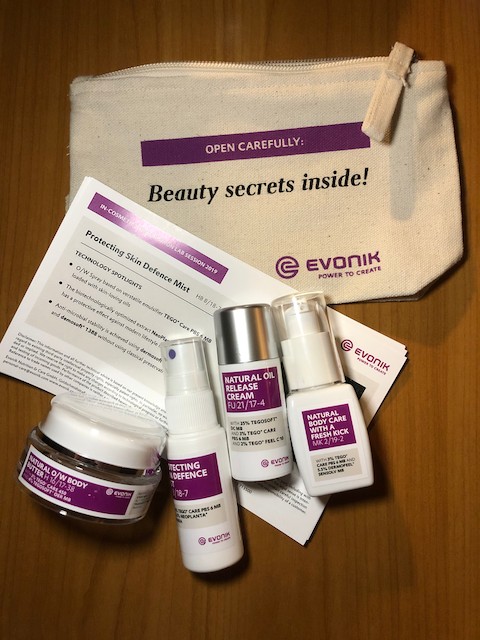I’m finally getting time to process all the things we saw and learned at In Cosmetics Global in Paris (April 2nd to 4th), and wow, did we experience a lot! On Wednesday, April 3rd (day two) we took in a lab with Lucas Meyer to make a lovely, natural, cold process lotion using their brand new…

